
May is the boss of us. Never mind if the laundry needs doing or dinner is waiting, in May, you’ll find us in the garden past sunset with a headlamp on and no apologies. Plant growth kicks into high gear, including that of dreaded onion grass, and if we don’t try to keep up with weeding and planting, we’ll feel like we’re losing ground. (We’re not. We’ve still got June.)
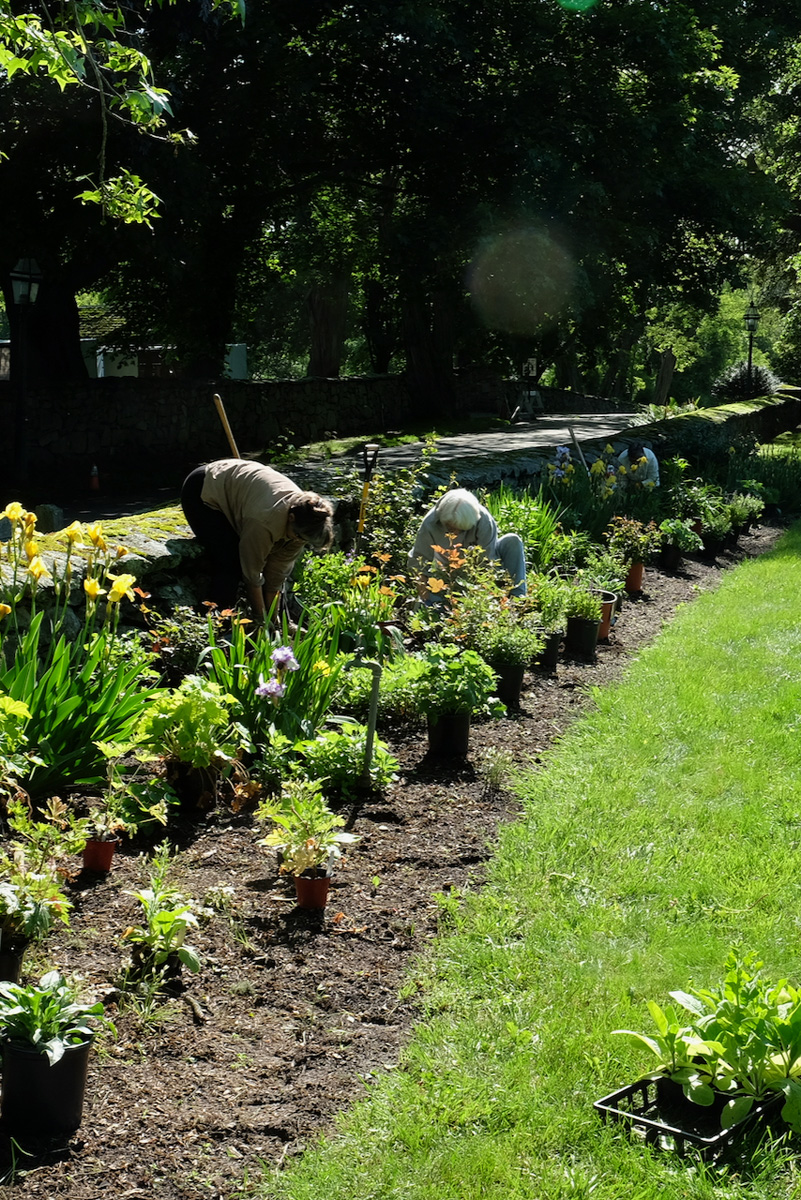
Look for vacancies in your garden, and start filling them. If your local nurseries are open to the public, visit on rainy days to avoid crowds, and take advantage of mail order and delivery services when offered. Don’t just think spring. Look for late-bloomers that will carry your garden and its pollinators through the heat of summer, such as one of these. And always leave room in your actual or virtual cart for native host plants to support the insects and birds in your garden.
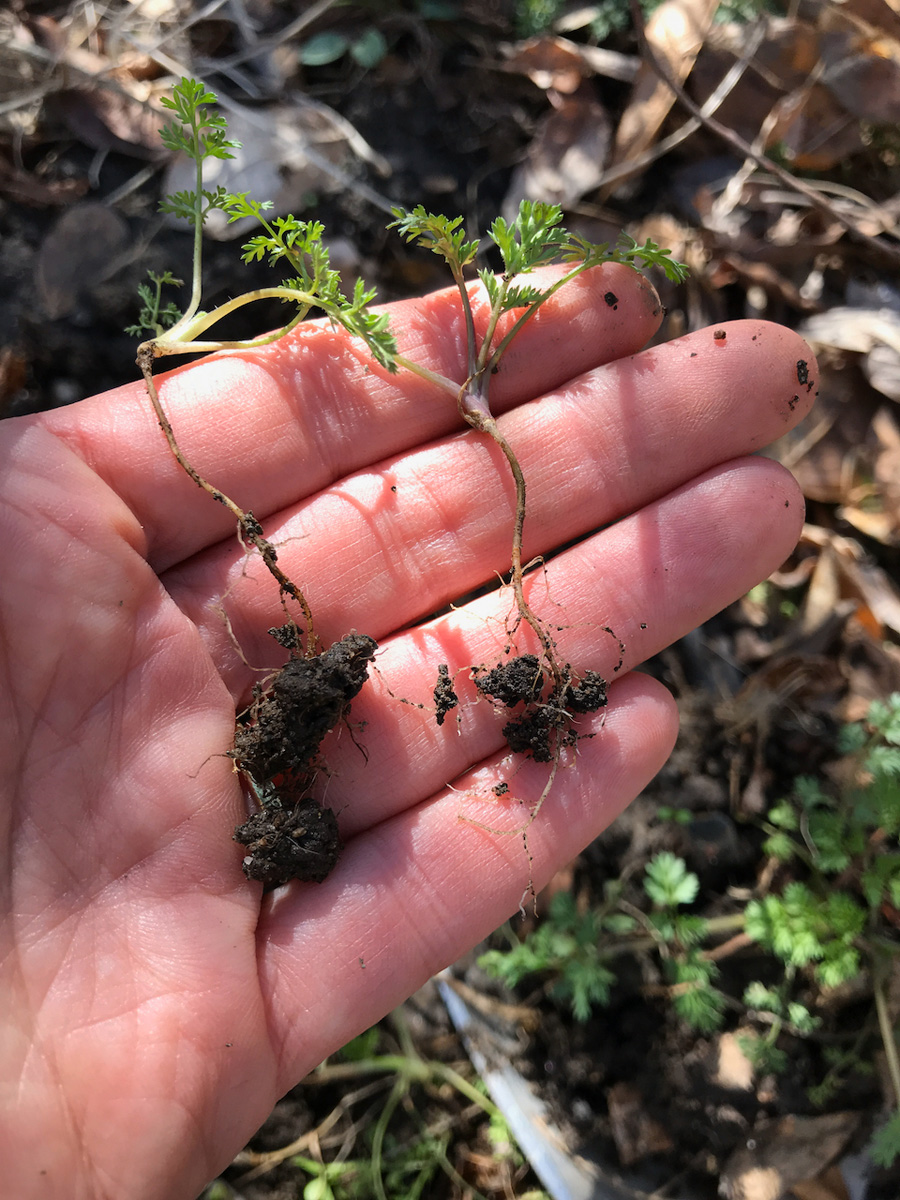
Shop your own garden. Transplant extra self- and direct-sown seedlings. Scoop seedlings out with plenty of soil around the roots to help prevent transplant shock. If seedlings are tightly packed together, gently tease individuals out of the clump, and tuck them into new spots in the garden with space to grow robust. Water them in lightly but well, using a watering can rose or hose mist nozzle.
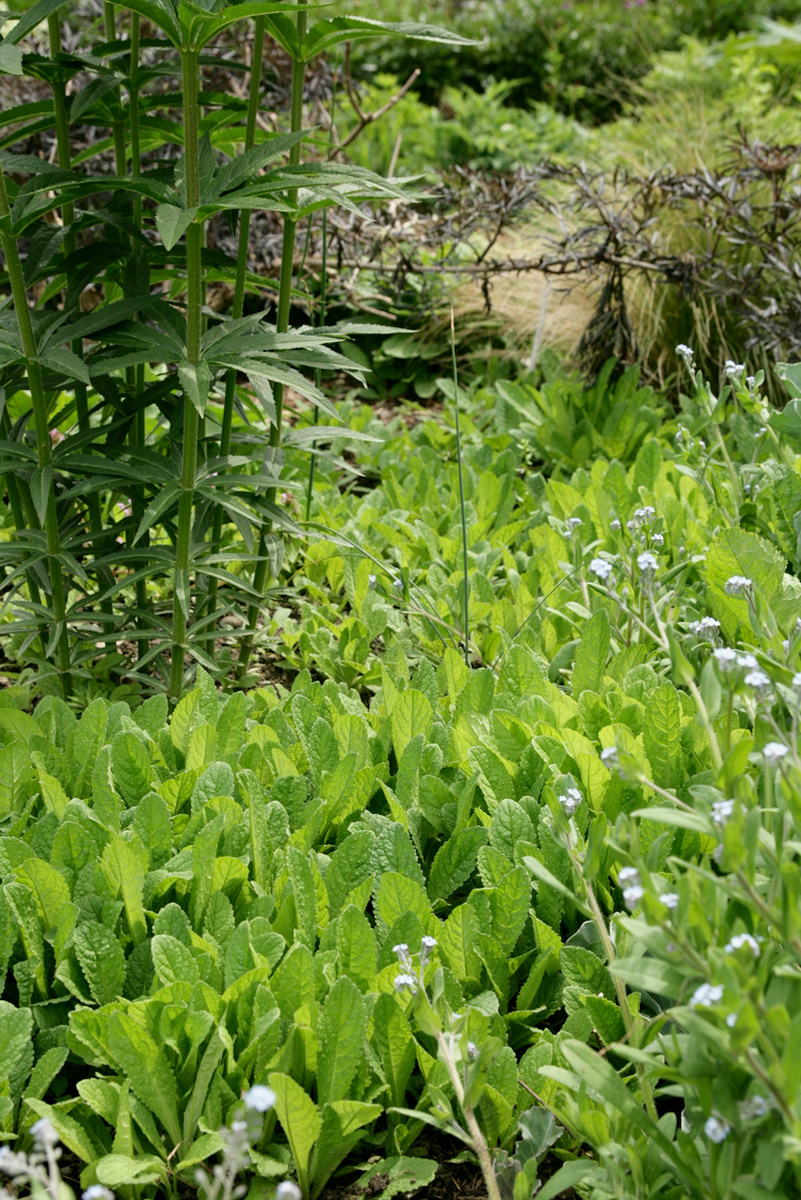
Thin the extra seedlings you don’t need elsewhere. By allowing only a fraction of the abundant seedlings to grow where they landed, you’ll be rewarded with sturdier stems, bigger flowers, and larger fruit. If pulling some out disturbs the soil around the keepers, simply trim the unwanted seedlings off at the ground.

Move your houseplants outside. Even if they’ve been in a sunny window, give them at least a week of shade to acclimatize to higher outdoor light levels. Transition sun-lovers gradually into more sunny areas, keeping an eye out for scorched foliage. Leave low-light lovers in shade. Some plants, such as rosemary (Salvia rosmarinus, Zones 8–10) and geraniums (Pelargonium spp. and cvs., Zones 11–12) will thrive when planted in the garden. Others, such as begonias (Begonia spp. and cvs., Zones 6–12), Boston fern (Nephrolepsis exaltata, Zones 10–12), and figs (Ficus spp. and cvs., Zones 8–12) will be happy enough in their containers, only wanting more frequent watering than you gave them inside.
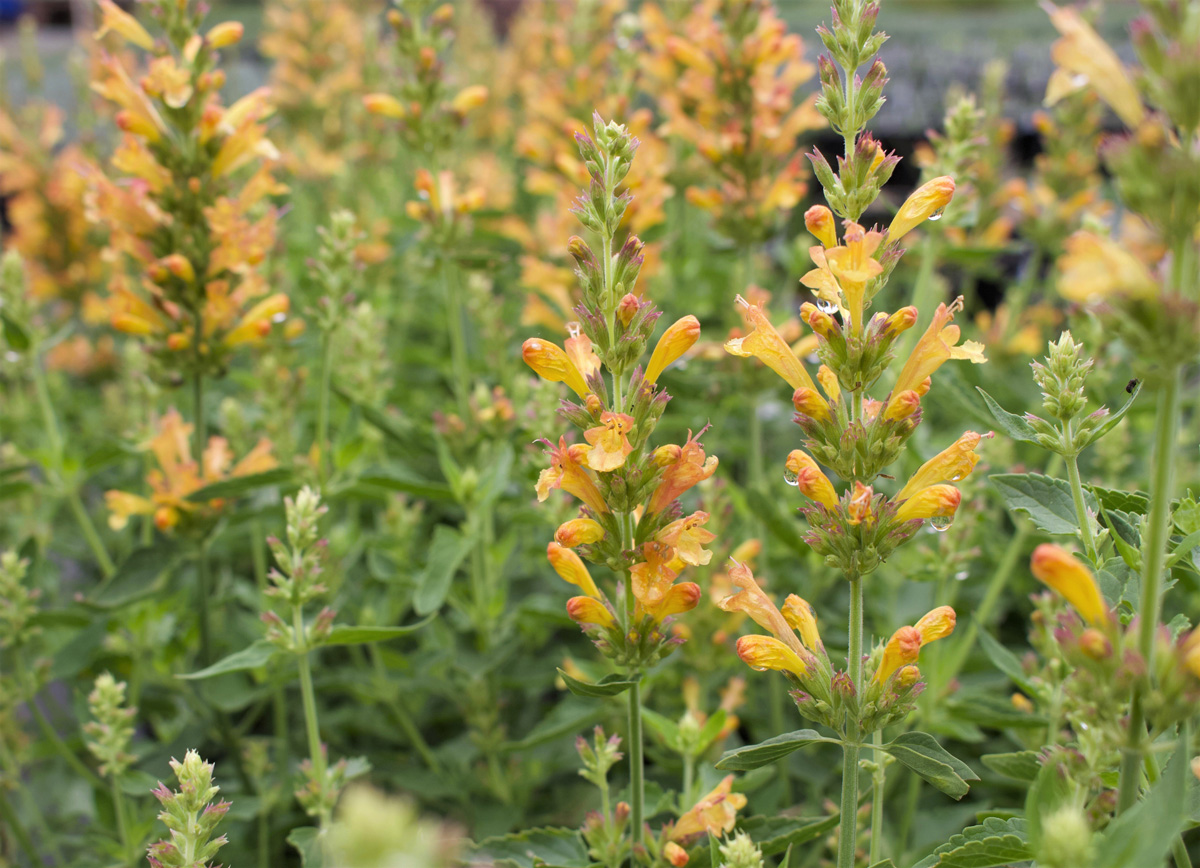
Do the Chelsea Chop. Pinch summer- and fall-blooming perennials—such as agastaches (Agastache spp. and cvs., Zones 4–11), garden mums (Chrysanthemum spp. and cvs., Zones 5–9), and tender perennials, such as ‘African Blue’ basil (Ocimum ‘African Blue’, Zone 10–12) and coleus (Plectranthus scutellarioides, Zones 10–12)—once or twice before Father’s Day to promote branching, more flowers, and sturdy upright growth.
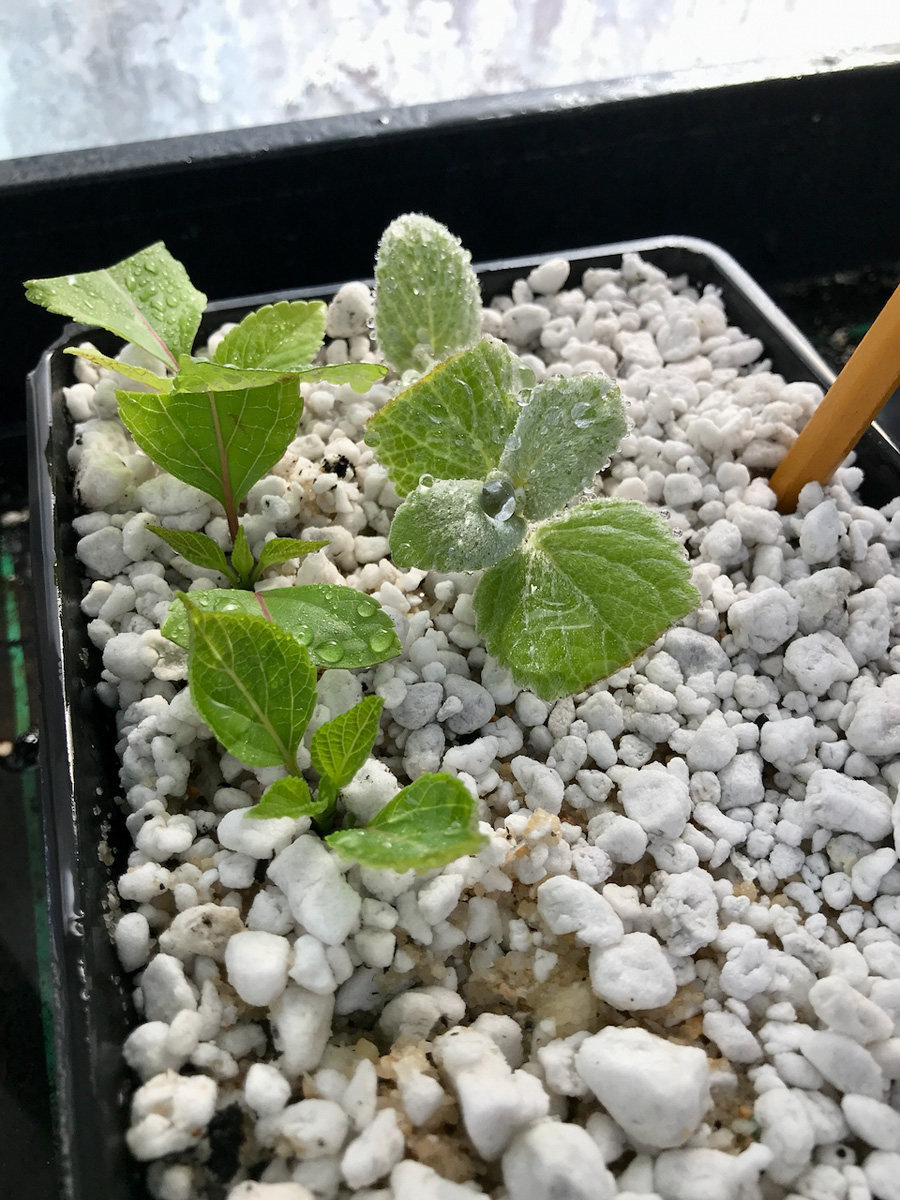
Actively growing tips are ripe for rooting. Prepare cuttings by removing the second or third set of leaves at the stem. Dust the stem end with rooting hormone, and ease it into dampened perlite or vermiculite. Shade your cuttings from direct sun, and mist them several times daily to prevent wilting. Test for readiness after a couple of weeks by tugging gently. After they’ve produced roots, pot them up to grow more for a few weeks before planting them in the garden.
May is the making of gardens and gardeners, from beginners to experts. Enjoy the pull to be outside, and use the month to grow your skills as a propagator and designer as well as to grow your garden.
—Kristin Green is author of Plantiful: Start Small, Grow Big With 150 Plants That Spread, Self-Sow, and Overwinter. She gardens in Bristol, Rhode Island.
Fine Gardening Recommended Products

A.M. Leonard Deluxe Soil Knife & Leather Sheath Combo
Fine Gardening receives a commission for items purchased through links on this site, including Amazon Associates and other affiliate advertising programs.



















Comments
Log in or create an account to post a comment.
Sign up Log in